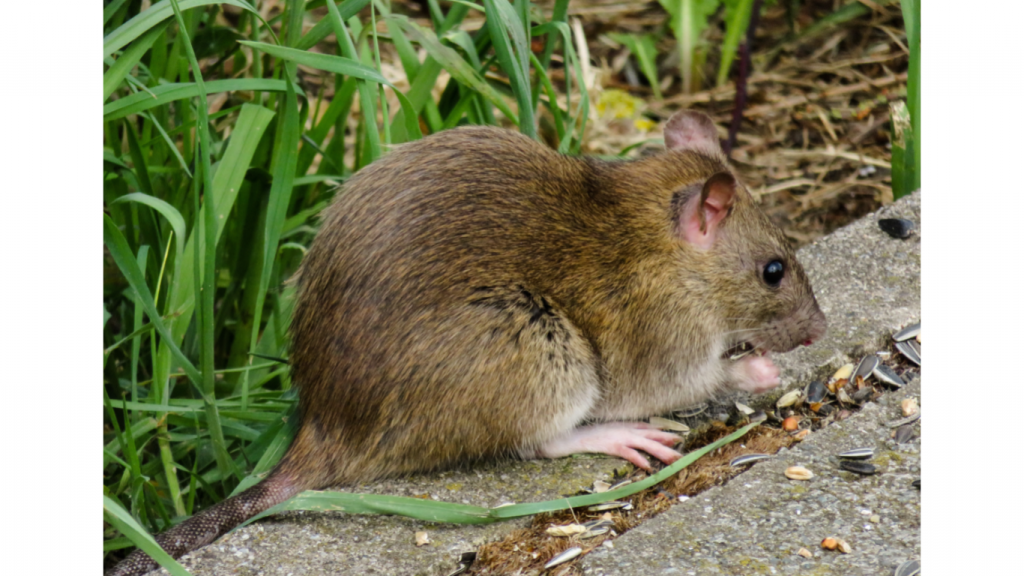Ant Pests
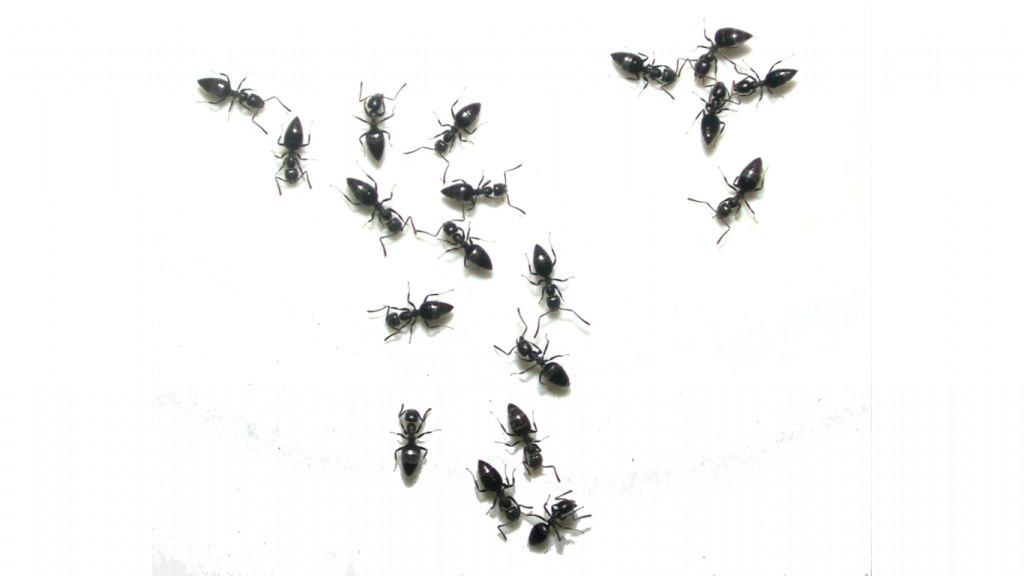
General Information
Ants are arguably the greatest success story in the history of the animal kingdom. For every human there are about one million ants. All ants go through the same process to reach adulthood, this is known as the ant life cycle. A colonies young is commonly known as the ‘brood‘.
The ant life cycle is a form of ‘metamorphosis’ and can take anywhere from a few weeks, to up to a year to complete. This is dependent on surrounding temperatures, humidity and food available. In mature colonies, the brood is moved around the nest in order for them to be at optimum growing temperature. Ants when found in the home are usually looking for a food source; with sweet liquid foods preferred to solids due to them being unable to digest solid food. When workers find food sources they communicate this information to the rest of the nest. They use biochemical pheromones to mark the shortest path that can be taken from the nest to the source.
Average Lifecycle
Ants go through four stages of development like most insects: egg, larva, pupa and adult, this is called complete metamorphosis. A queen will spend winter in soil and lay her eggs in late spring. The larvae then hatch around 3-4 weeks later and feed on secretions from the queen’s salivary glands until the first worker ants emerge. Worker ants will then continue with the larval care, nest building and food foraging. Fertile males (drones) are produced later in the season before taking flight.
A potential queen will mate with several males during her “Nuptial Flight’’ and will stay fertile for the rest of her life by storing sperm in a chamber of her abdomen. After mating the male’s reproductive organs are badly damaged with the trauma being so severe they sadly die. The surviving flying females will bite off their wings and dig a hole to make a nest, however the majority of potential queens will be killed by rival colonies. Most winged ants actually don’t survive their nuptial flight due to predators such as birds, amphibians, arachnids, as well as pesticides.
Quick Facts
Type: Insect
Life span: Several weeks to several years
Size: 2 – 25 mm
Habitat: Ants thrive in most ecosystems, and may form 15–25% of the terrestrial biomass.
What happens if a potential Queen does survive?
If a queen does survive she can produce a colony of up to 40,000 ants, however it’s usually around 6000-7000. If two queens happen to enter the same nest, the first worker ant born will usually kill the weaker queen.
The queen actually has no power over the colony and she is only there for reproductive purposes. Worker ants will always bring her food and carry out cleaning duties to ensure she is comfortable. The Queen will choose at will which eggs to fertilise to produce female workers. Fertilised eggs given special nurturing will produce potential queens with non fertilised eggs being only males. These eggs are not given the special attention, treatment and food supplements the potential queens are therefore these ants are usually smaller
There are four main species of ants in the UK
Garden Ant
These ants can be up to 4-5mm in size but the Queen can be as big as 15mm. Queens lay their eggs in the spring in nests that are typically in soil but can be in brickwork or under bark. Garden Ants are attracted to sweet foods and leave a pheromone trail back to their nests for other ants to follow to the food source.
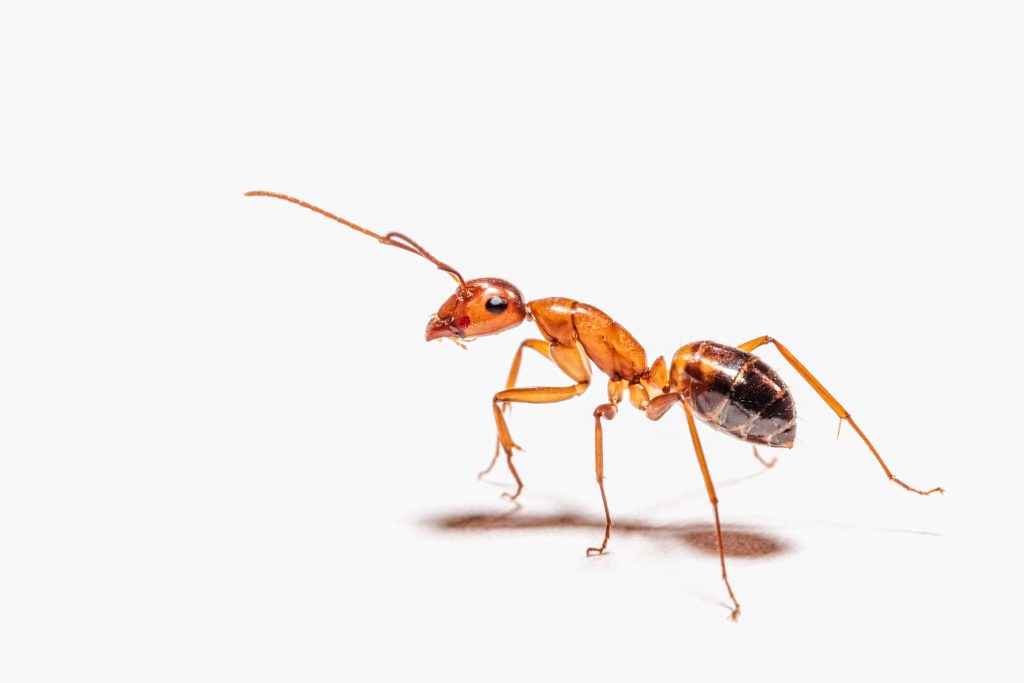
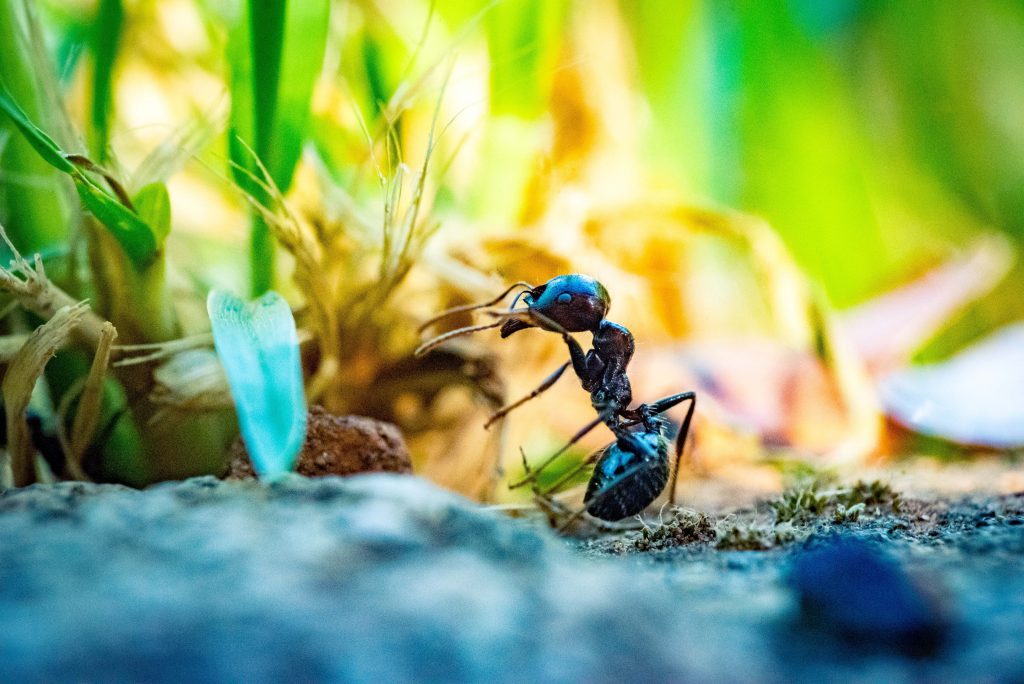
Pharoah’s Ant
These ants can be up to 1.5 -2mm long and the Queen is 4 – 6mm long. Both workers and the Queen are a yellow-brown colour. Pharoah’s Ants originate from the tropics and require artificial heat in order to survive and reproduce and tend to live in large heated buildings such as hospitals, hotels and blocks of flats. This ant’s diet is largely of decomposing foodstuffs and it carries harmful germs picked up from when it has been feeding.
Ghost Ant
The ghost ant is small, with average lengths ranging between 1.3 to 2.0 millimetres (0.051 to 0.079 in) in workers. The antennae composes of 12 segments that thickens towards the tip. The antennal scapes exceeds the occipital border. The head and thorax is a dark brown colour while the gaster, legs and antennae are a milky white colour. Due to its small size and light colour, the ghost ant is difficult to see. Ghost ants are monomorphic and the thorax is spineless. The gaster is hairless, and has a back opening that is similar to a slit-like opening. The abdominal pedicel is formed upon a single segment that is usually unable to be seen due to the gaster, and the species do not contain a sting
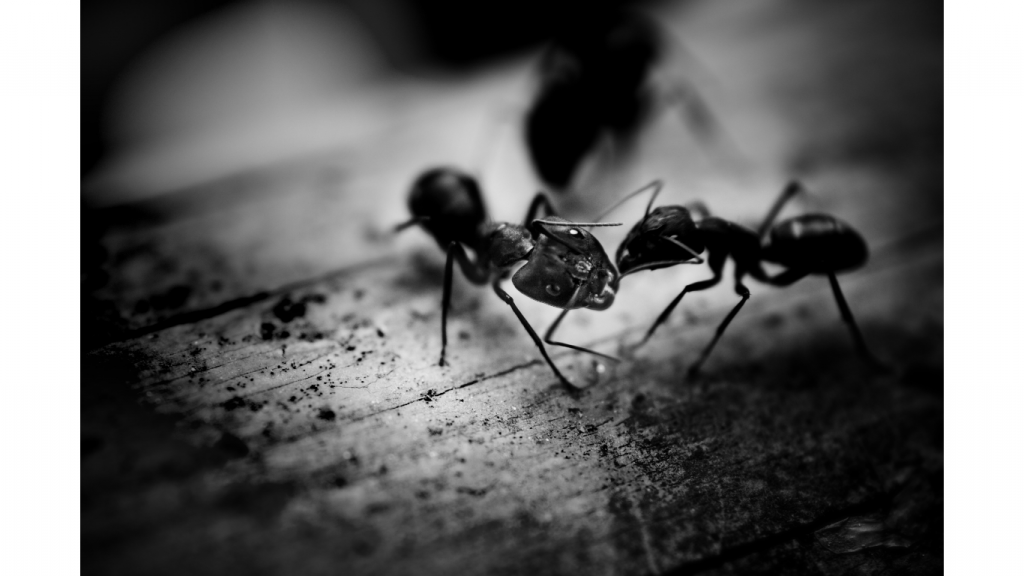
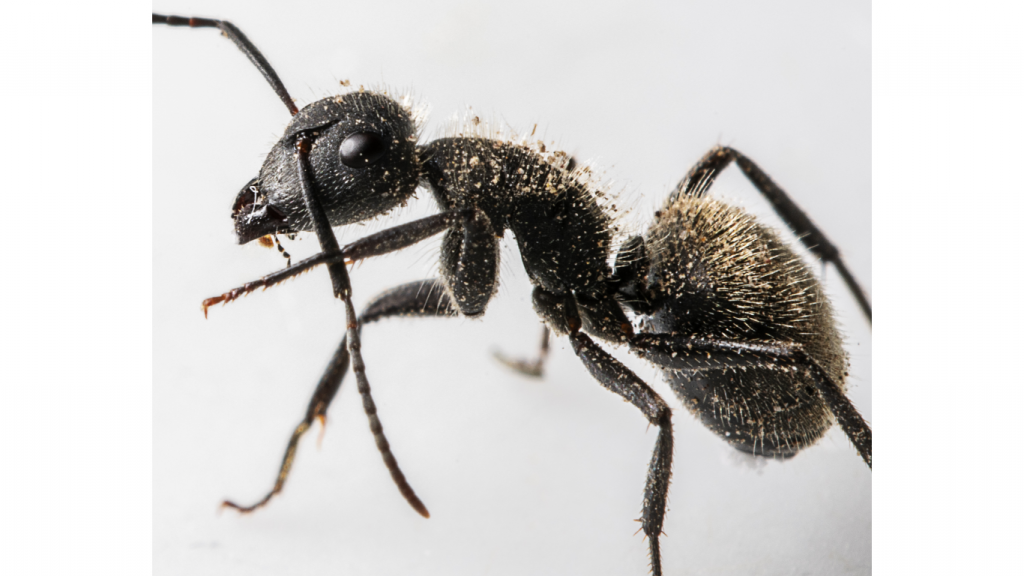
Roger’s Ant
Reddish brown in colour with workers 2mm in length .1 large segment at the pedicel. First two segments of the abdomen are constricted and a sting present. Workers forage randomly and lay no trails as live prey are hunted, especially springtails. Rarely seen outdoors but prefer damp locations, particularly in crevices around drainage areas, and is not confined to heated premises.
FUN FACTS
• An ant has the largest brain for an insect relative to its size.
• It has more processing power than the computer that controlled the first NASA moon mission.
• A queen ant can live longer than any other insect.
• Sometimes you may see ants ‘kissing’, they are actually feeding each other from their second stomach called the social stomach. This process is called trophallaxis. It enables some ants to stay and look after the nest whilst others forage for food.
TREATMENT
A customed non intrusive treatment is carried out to eradicate the ant colony queen. Once the queen is eradicated the nest can not survive.
CALL US NOW SO WE CAN BEGIN YOUR TREATMENT 0208 914 8285
PLACES OF OPERATION

